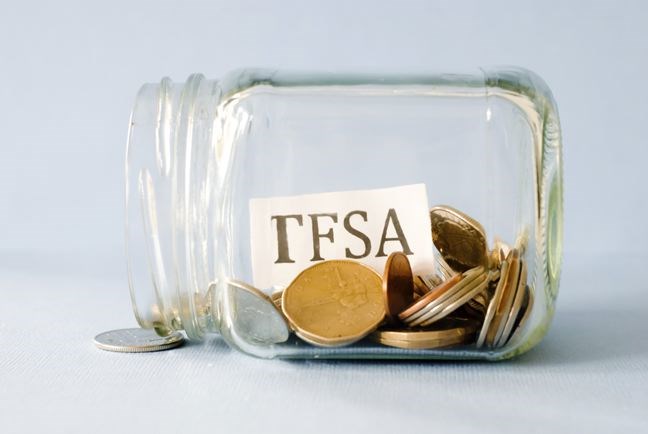Our family dog was a mischievous black Lab named Laman.
Owing either to my mothers modest means, or our inattentive care, he seemed in a perpetual state of hyperactive malnourished confusion.
One day he wandered over to the local grocery supermarket all alone. Presumably he smelled the goods inside and figured out a way to stand on the automatic door pad, granting him unfettered entry in to bad-doggy paradise.
A few minutes later he walked home, head-held-high with a handsome beef roast dangling from his mouth. We howled with laughter, seized the contraband, and tossed it in the freezer, thinking we really ought to go pay for it when mom gets home.
Whether it was out of embarrassment or a cash shortfall, we never did settle the debt.
A few weeks later we had another look at the evidence. It was a darn fine piece of meat, and only partly marinated in dog drool. We couldnt reward the mutt for his misbehaviour, and it seemed a shame to throw it out.
So we tidied it up a little and roasted it up for our own Sunday dinner.
A few spices and a thorough, slow bake and we on our way to a lovely meal... and a story that will never die.
TFSA - part two
When the government tosses a tax treat your way, take it.
In some other legislation it will turn around and bite the hand that feeds it. The Tax-Free Savings Account (TFSA) really is a good deal for Canadians. If you havent already done so, and have any sort of surplus non-registered savings, get after it.
TFSA opportunities for retirees
Retirees may be one of the major groups to benefit from the TFSA. Heres a summary of some of the potential opportunities:
If you are no longer working but still have cash flow that is surplus to your needs, for example investment income or an inheritance, you may wish to continue building your savings even though you no longer have earned income with which to generate RRSP contribution room. The TFSA may provide a way to save for the future in a tax-free environment.
You can contribute to this tax-free savings vehicle even after the end of the year you turn 71 when you are no longer able to contribute to your RRSP. If you are receiving either the required annual minimum registered retirement income fund (RRIF) income or pension income that is in excess of your current needs, then consider contributing the excess to your TFSA to preserve some tax-free growth. This may prove useful for your future needs and you will not be required to convert it to an income vehicle at any time in the future.
If you anticipate being in the same or a higher marginal tax bracket in retirement, a TFSA could provide another source of tax-efficient retirement income. Unlike withdrawing funds from a registered plan, which would be fully taxed at a higher future tax rate, withdrawals from a TFSA are not taxable.
Another advantage of using a TFSA to complement your existing sources of retirement income is that, as withdrawals from the account are not taxable income, they do not have an impact on any federal income-tested benefits and credits you may receive. For example, Employment Insurance benefits, the Guaranteed Income Supplement, the Canada Child Tax Benefit and the Age Credit.
The fact that TFSA withdrawals are not taxable also reduces the possibility that Old Age Security (OAS) will be clawed back.
Complementing
your existing RSP
Depending on your financial circumstances and your stage of life, you may be able to use the TFSA to complement your existing registered savings plans in the following ways:
If you have RRSP contribution room, consider making a contribution and using the tax refund you receive to contribute to a TFSA. This could be a way to save for various goals, for example, a home, a car or travel, while sheltering income from taxation.
If you have maximized your RRSP contributions based on your available contribution room or if you can no longer make RRSP contributions due to your age, you could use your TFSA to earn additional tax-sheltered investment income. You can withdraw funds from the account when you need them and re-contribute them without tax consequences.



